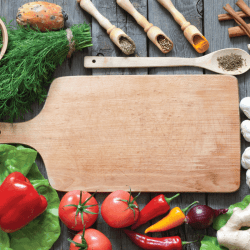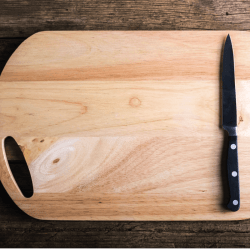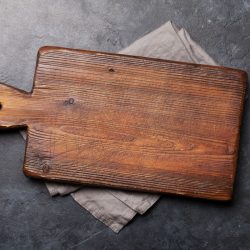In terms of durability and aesthetics, wooden boards are a "cut" above the competition. There's a good reason pro chefs prefer using these traditional boards to prepare their food. However, with the advent of plastic cutting boards, some people have suggested wooden boards are the "less sanitary" option. So, are these germ-ridden rumors backed by science? If you want to get to the bottom of this safety issue, be sure to read the research we've compiled below.
A wooden cutting board can hold bacteria, but that doesn't mean it's unsafe to use. In fact, most studies suggest wooden boards hold no more or less bacteria than plastic materials. As long as you consistently follow proper hygienic procedures like scrubbing with hot soapy water and letting your board air dry, wood shouldn't harbor unsafe quantities of bacteria. However, if your wooden cutting board has deep grooves due to excessive use, it will be easier for germs to fester.
No matter what cutting board you prefer, it's essential to know how to sanitize it properly. If you're unsure how to clean and maintain your cutting board, you can't afford to miss the info in this post.
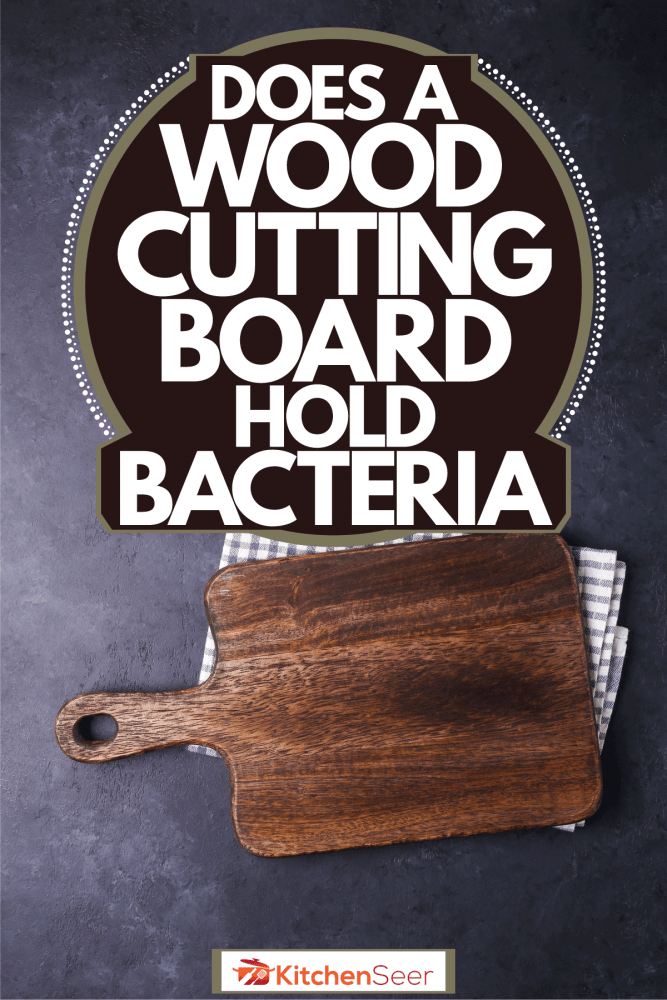
Does A Wood Cutting Board Hold Bacteria?
A legitimate concern people have with wood cutting boards is their fine-grain texture. Some chefs worry that bad bacteria in raw meat could get trapped in these grains and contaminate other food items.
While it's true that wood cutting boards could harbor foodborne bacteria, it's unlikely they will stay if you properly sanitize and dry your boards. In fact, researchers at UC Davis discovered there was no significant difference in bacterial content for plastic and wood cutting boards. Consumer Reports also claims there's little difference between these two board materials.
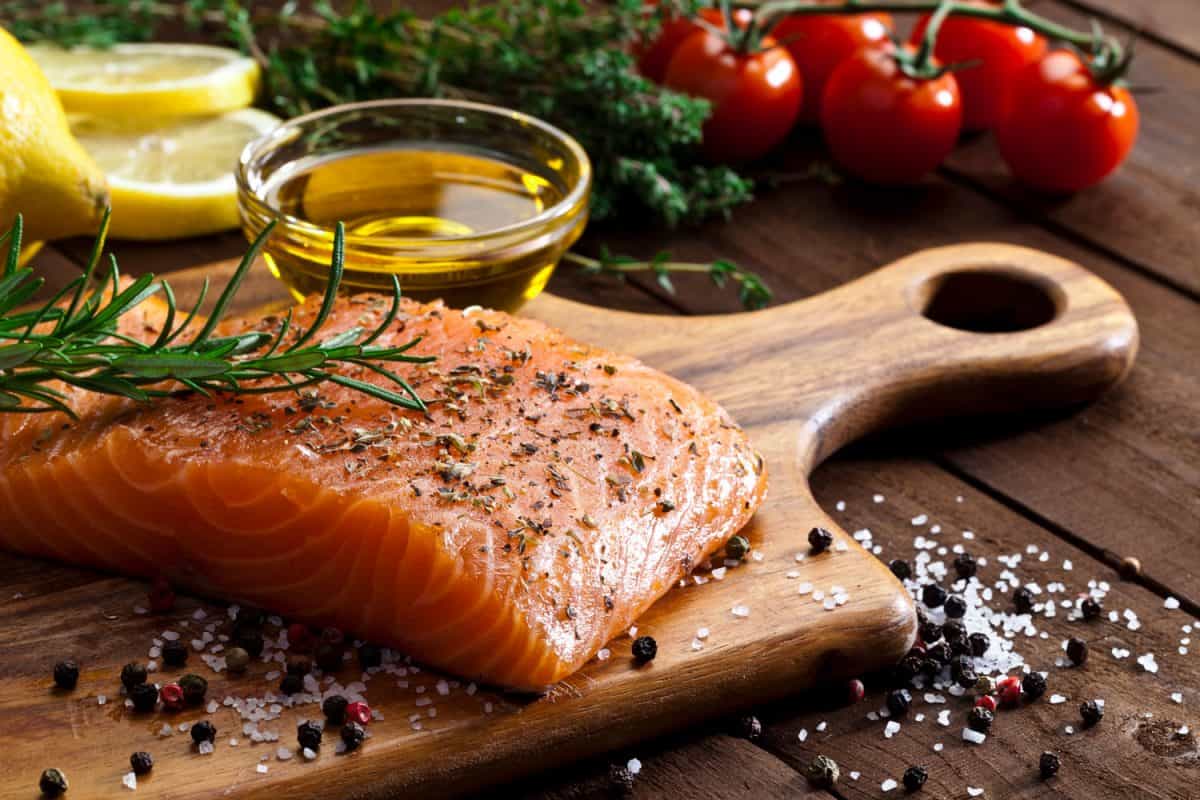
If you need more scientific evidence that wood cutting boards are safe when adequately sanitized, consider a new trial conducted by America's Test Kitchen. In this study, chefs sent recently washed wood, bamboo, plastic, and composite boards to a local lab for screening. Interestingly, there was no significant difference in bacterial counts between these materials.
You could learn more about this America's Test Kitchen study on this video:
How Long Can Bacteria Live On A Cutting Board?
Each bacteria has a unique structure and lifecycle; hence, it's difficult to say how long they could survive on a cutting board. However, recent data suggests the common bacteria salmonella can last on dry cutting boards for four hours before it's no longer contagious. Even worse, some studies suggest E. coli can persist on cutting board surfaces for 24 hours.
How long these bacteria remain infectious, however, depends on how well you care for your boards. If you thoroughly scrub your cutting surface with hot, soapy water and let it air dry, you will significantly cut the risk of bacteria growing.
What Type Of Cutting Board Is Most Sanitary?
There's still a great debate over which cutting board is more sanitary. According to a recent study out of the University of Wisconsin, however, wooden cutting boards may have an edge over plastic.
Researchers examined how easily they could recover bacteria like E. coli, salmonella, and Listeria innocua from plastic and wood samples for this trial. Interestingly, study authors noted that "[bacterial] recoveries from wooden blocks were generally less than those from plastic blocks." This led the researchers to conclude there are no inherent benefits to using plastic over wood cutting boards—at least in terms of sanitation.
Plastic's relatively poor performance may have to do with its lack of durability. Wood boards usually take longer to develop cuts from repeated chopping. It's these nicks and grooves where nasty germs thrive.
However, plastic boards have one advantage over their wooden counterparts: you can put plastic boards in the dishwasher. Indeed, the USDA praised this feature of plastic boards in a recent online Q&A. Just remember that being dishwasher-safe doesn't make plastic boards "more sanitary;" it just makes them easier to clean.
Find out more on this Amazon link.
What Should You Not Cut On A Wooden Cutting Board?
You can chop anything you want on a durable wood cutting board, but you shouldn't use the same board for all your food items. Whether you use wood or plastic, it's important to separate one board for raw meat and one for non-meat food items. Keeping these items separate is the easiest way to avoid cross-contamination.
Also, you have to be careful how you take care of your wood cutting board. Improper handling could cause your board to develop cracks or warping, which will increase the risk of attracting bacteria.
People who use wood cutting boards must wash and dry their board immediately after using it. You should also avoid putting wood cutting boards in the dishwasher. These strategies will ensure your board stays sanitary and warp-free for as long as possible.
Can You Cut Raw Chicken Or Meat On A Wood Cutting Board?
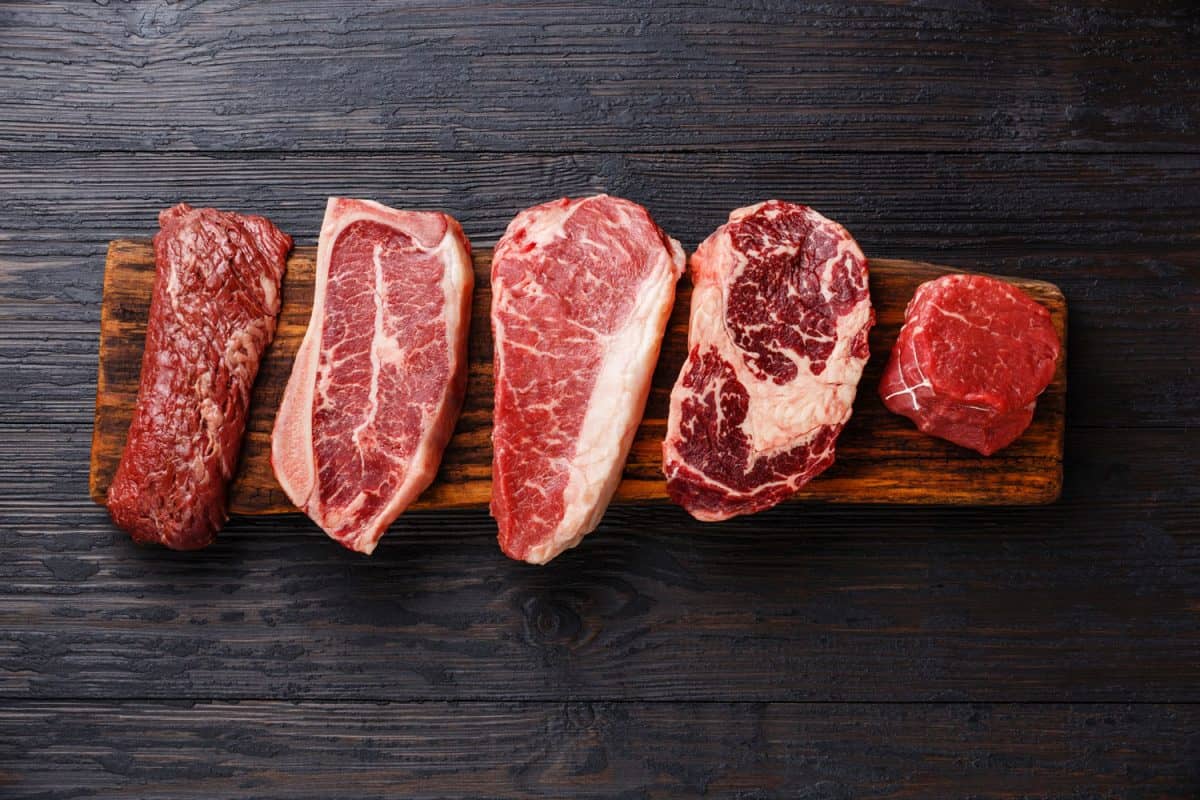
Although it may seem unsanitary to cut chicken or meat on a wood cutting board, it's OK to prepare these foods on wood surfaces. As long as you wash your board with warm soapy water and let it air dry, there's no significant risk of cross-contamination.
Even the USDA claims it's safe for customers to cut raw meat on wood cutting boards. However, you should designate one cutting board strictly for meat goods and another for non-meat items. By separating your "boardroom duties," you'll cut the risk of foodborne illness.
If you're still feeling queasy about cutting raw meat on hardwood, you may want to consider using a board made with bamboo. The USDA claims that bamboo boards aren't as porous as traditional wood, making it tougher for bacteria to get trapped in this material.
Find out more on this Amazon link.
You could find out more about the benefits of bamboo in our post detailing the "10 Best Bamboo Food Containers."
What Woods Are Not Good For Cutting Boards?
Most researchers prefer hardwood cutting boards with a high-grain count. Generally, the larger the grains are, the more likely you'll create grooves on the board's surface. As mentioned previously, it's these tiny openings where bacterial colonies most thrive.
Both NC State and Consumer Reports encourage chefs to avoid wood cutting boards made with cypress. This material is too soft for most kitchen applications, which often leads to increased bacterial counts.
Instead, researchers tend to prefer wood cutting boards made with maple. Teak is also a popular material in the cooking community. In fact, a teak cutting board was the best performer in America's Test Kitchen's recent survey.
Click this Amazon link for more details.
You could see why America's Test Kitchen liked teak so much in this video review:
How Do You Kill Bacteria On Wood?
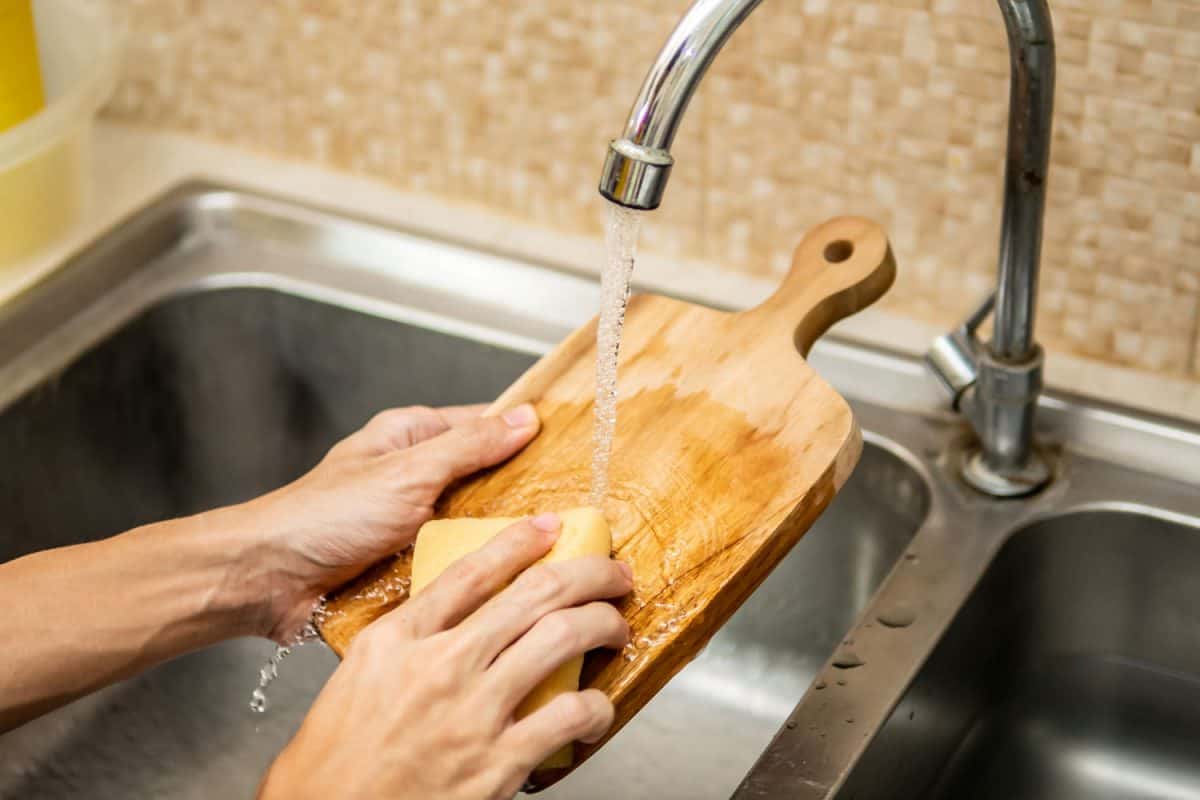
The key to killing bacteria on wood is to act fast. Once you're finished cutting on your board, put it in the sink and scrub it with a sponge, hot water, and plenty of soap. Once you've given your board a good clean, you must set it on a nearby rack and let it air dry.
Remember: bacteria can only thrive in damp environments. Therefore, it's extra important you allow your cutting board to dry in a well-aerated space.
Once your wooden cutting board is dry, you can use diluted bleach for extra sanitation. According to the USDA, you should spray your cutting board with a mix of one tablespoon of unscented bleach per one gallon of water. Let this mix sit for at least one minute, then wash your board in hot water and let it air dry.
Can You Use Clorox Wipes On Cutting Boards?
It's not the best option to place Clorox wipes directly on wood cutting boards. While Clorox wipes will get rid of germs, there's a higher chance more bleach will get absorbed by your board's surface. Plus, Clorox only officially recommends using diluted bleach and water when cleaning wood cutting boards.
Whatever Material You Use, Keep Your Cutting Boards Clean!
Wood boards are super durable, look great in the kitchen, and are surprisingly sanitary. While bacteria can survive on wood cutting boards, you can keep these bugs at bay with diligent maintenance. If you designate one board for raw meat and properly scrub and dry it, you shouldn't have an issue with cross-contamination.
Speaking of designating kitchen boards, it's never a good idea to use your cutting board for serving cheese! You could learn more about the do's and don'ts of cheese boards on our post "What Kind of Wood Is Used on Charcuterie Boards?"




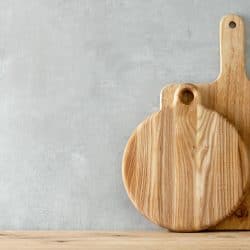

![Raw meat assortment - beef, lamb, chicken on a wooden board, Can You Cut Meat On A Wood Cutting Board? [Raw And Cooked]](https://kitchenseer.com/wp-content/uploads/2021/06/Raw-meat-assortment-beef-lamb-chicken-on-a-wooden-board-250x250.jpg)
